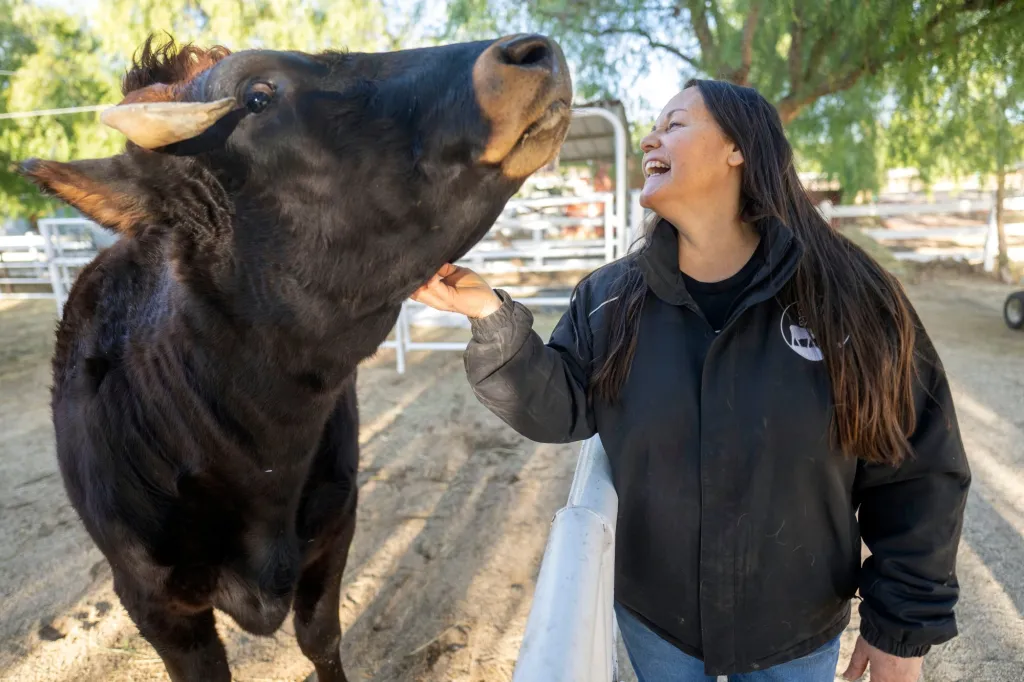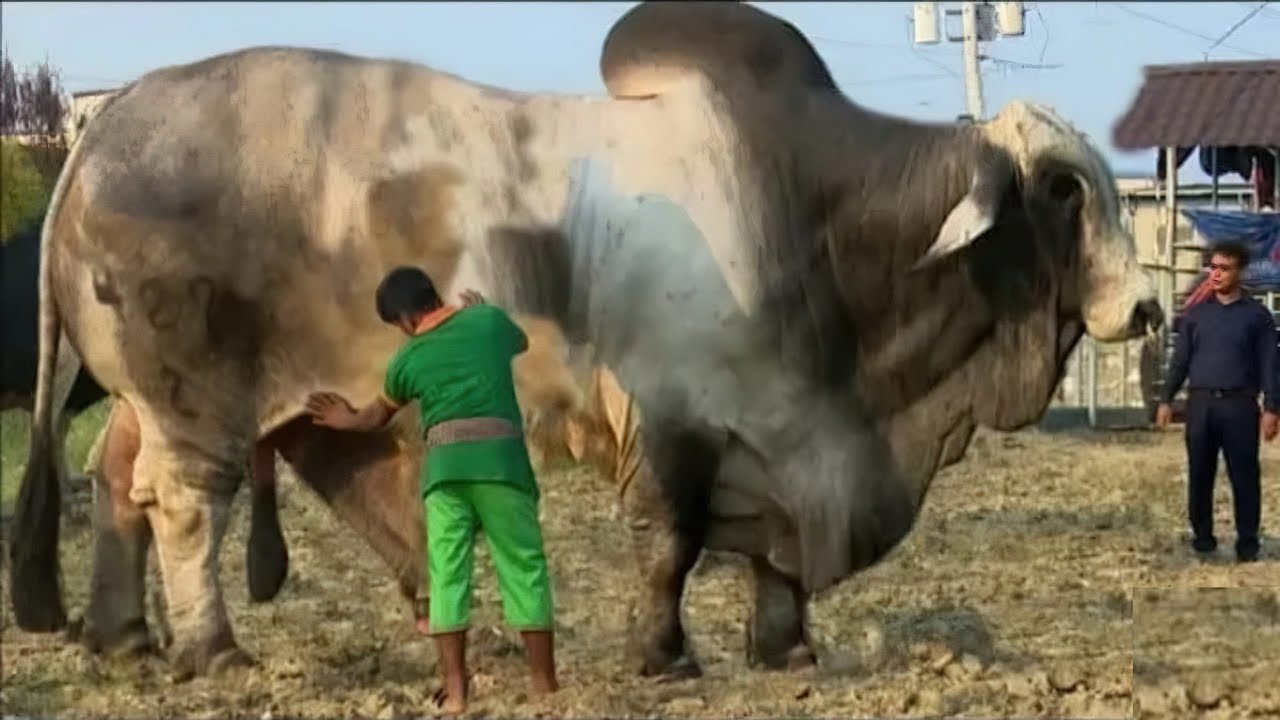The world has always been fascinated with extremes, be it the tallest mountain or the deepest ocean. One such marvel that has caught the world’s attention is the biggest bull in the world. Let’s delve into the mesmerizing world of this gigantic creature.
The Lore of Bulls in Human Culture
Bulls have been integral to human civilization for centuries. From being symbols of power to acting as working animals, their presence is undeniable.
Symbolism in Bullfighting
In Spain and some other cultures, bullfighting is not just a sport but an art form. The bull is a representation of nature’s untamed energy, demonstrating grace and power in the arena.
Bulls in Mythology
Whether it’s the Cretan Minotaur or the Nandi Bull in Hindu mythology, the bull has been revered as a sacred or powerful creature in multiple civilizations.
The Anatomy of a Bull
Understanding what makes a bull so large is crucial. It’s a mix of genetics, diet, and environmental conditions.
Genetic Factors
Certain breeds are predisposed to grow larger than others due to specific genes.
Diet and Nutrition
High-quality forage and grains are crucial for muscle development and growth.
Environmental Factors
Factors such as climate and space play a crucial role in the bull’s development.
The Biggest Bull in the World
This is the pinnacle of bovine evolution, a masterpiece of nature.
Physical Measurements
Standing at an awe-inspiring height and boasting a weight that defies belief, the largest bull is truly a sight to behold.
Lifestyle
Despite its size, it leads a life quite similar to other bulls—grazing, resting, and engaging in social activities.
Geographic Location
You’d be surprised where this gigantic creature calls home. It’s a place that provides ample space and the right climate.
Record-Breaking Bulls Throughout History
Not all large bulls have been officially recorded, but those that have, tell a fascinating story.
Guinness World Records
These bulls have found their way into the record books, thanks to their astonishing dimensions.
Legendary Bulls
From Paul Bunyan’s Babe to folklore giants, these bulls have captured imaginations for generations.
Human Interaction with Giant Bulls

The sheer size of these creatures makes human interaction quite challenging but equally intriguing.
As Pets
Yes, you read that right. Some people keep these massive animals as pets!
In Rodeos
How do cowboys fare when pitted against such formidable beasts? Let’s find out.
As Tourist Attractions
Some bulls have become local, if not global, tourist attractions.
Economic Impact of Large Bulls
Their sheer size makes them valuable for various industries, especially agriculture and tourism.
Ethical Considerations
Large size often comes with its set of problems, particularly in terms of health and living conditions.
Selective Breeding
Is it ethical to breed animals solely for size? Let’s delve into the complexities.
Treatment and Living Conditions
Big or not, every animal deserves to be treated with respect and given appropriate living conditions.
FAQs
What is the weight of the biggest bull?
- The weight varies depending on the source, but some reports suggest weights of up to 3,500 pounds.
How do bulls grow so large?
- Genetics, diet, and environmental conditions contribute to their size.
Is it ethical to breed bulls for size?
- This remains a contentious issue and depends on various factors like health, living conditions, and purpose.
What is the economic value of large bulls?
- They are highly valuable in the agricultural sector and can also attract tourism.
How do people interact with these large animals?
- Interaction varies from keeping them as pets to featuring them in rodeos and as tourist attractions.
What are some famous large bulls?
- From the legendary Babe, Paul Bunyan’s ox, to bulls that have made it into the Guinness World Records, the list is extensive.
Conclusion
Understanding the biggest bull in the world is not just about marveling at its size. It involves understanding its biology, its impact on human culture, and the ethical considerations that come with it.



